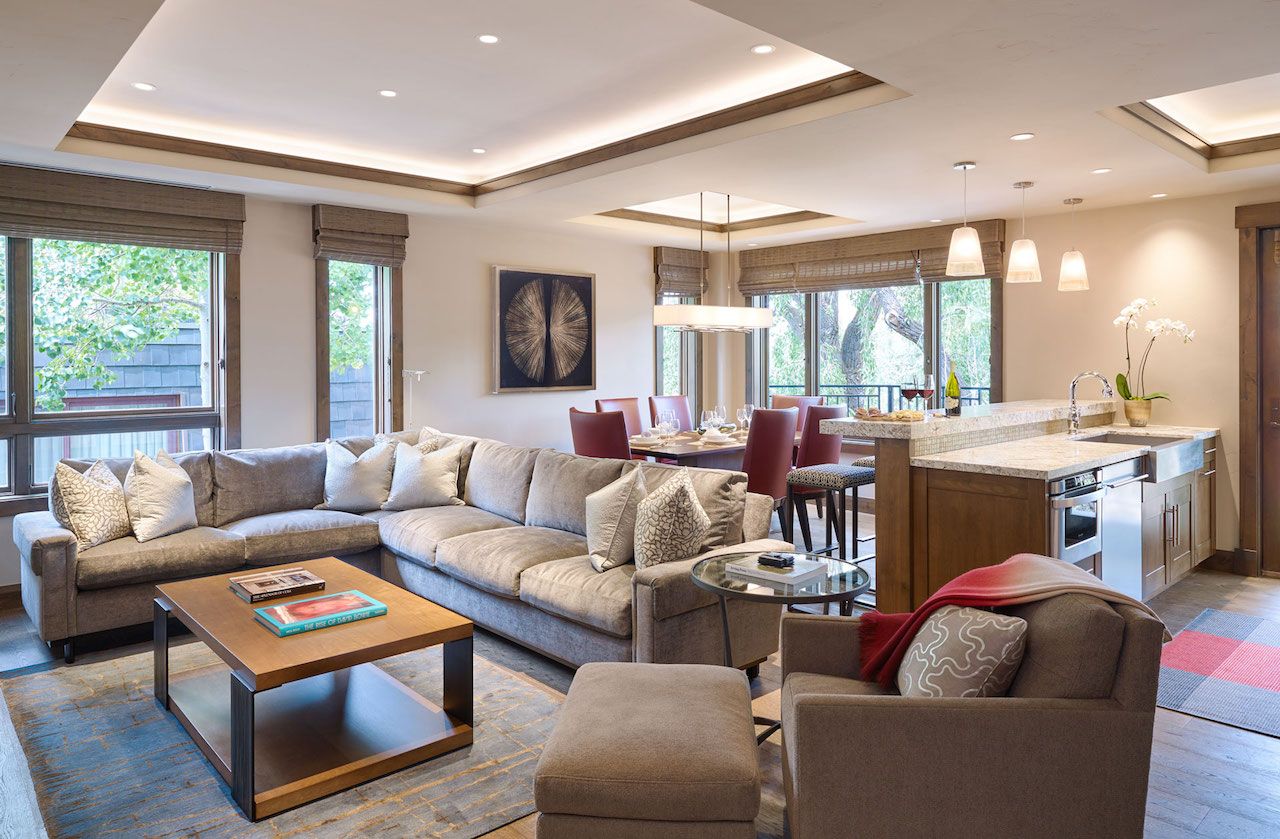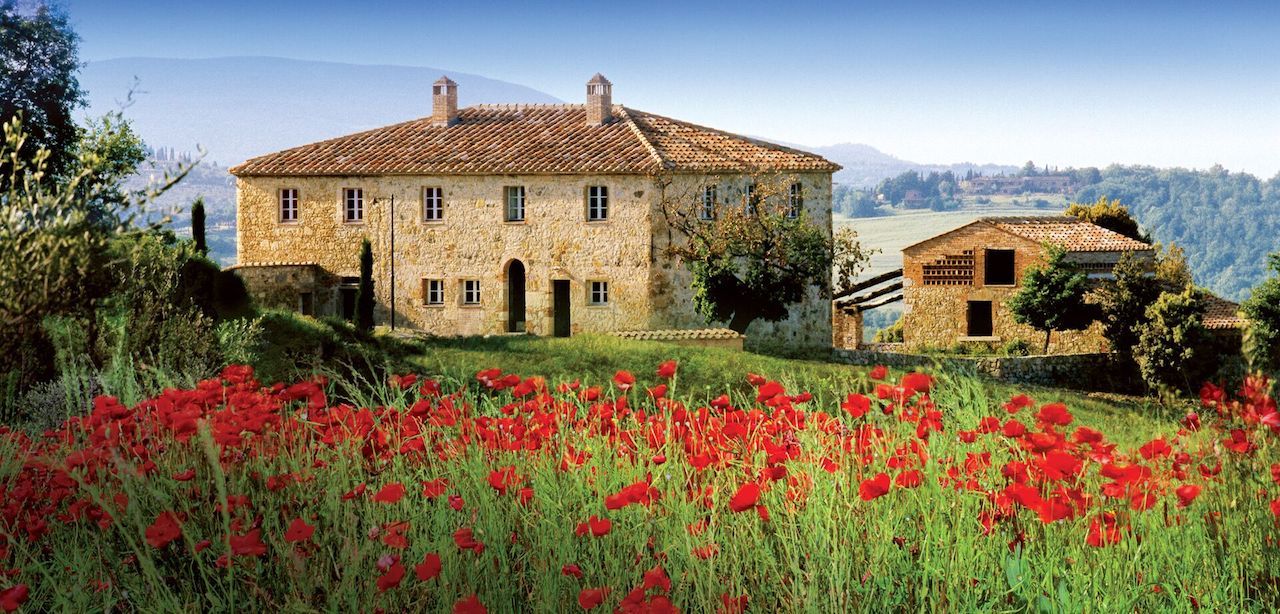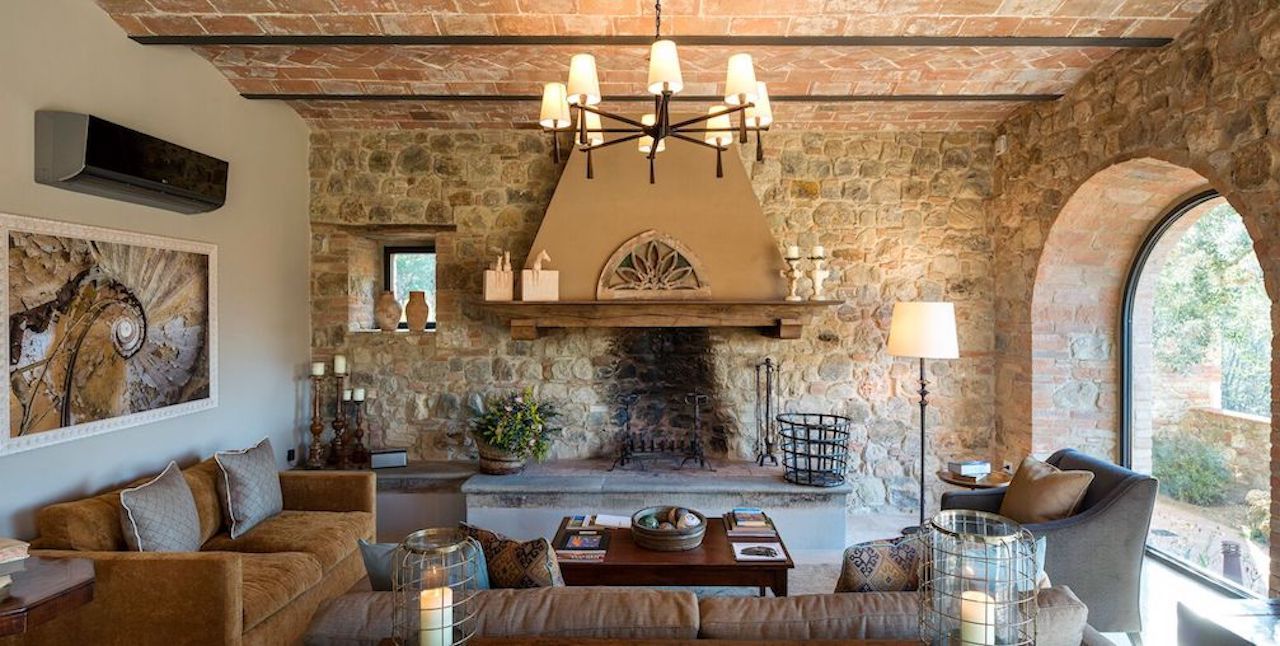Millennials may have ruined a lot, but they have made sharing cool again.
Undoing the Boomers’ hard work during the “Me” decade of the 1980s, sharing has returned to fashion. Rideshares. Boat-shares. Communal tables. Conventional wisdom says sharing is back, baby! Except for one place: timeshares.
Timeshares still come with a seedy connotation of unscrupulous realtors luring in unsuspecting people in with promises of free side-by-side refrigerators. Then after a three-hour high-pressure sales pitch, getting them to plunk down the cost of a small car for one week a year in beautiful suburban Orlando. And if you get tired of going, it proves harder to unload than a used mattress.




